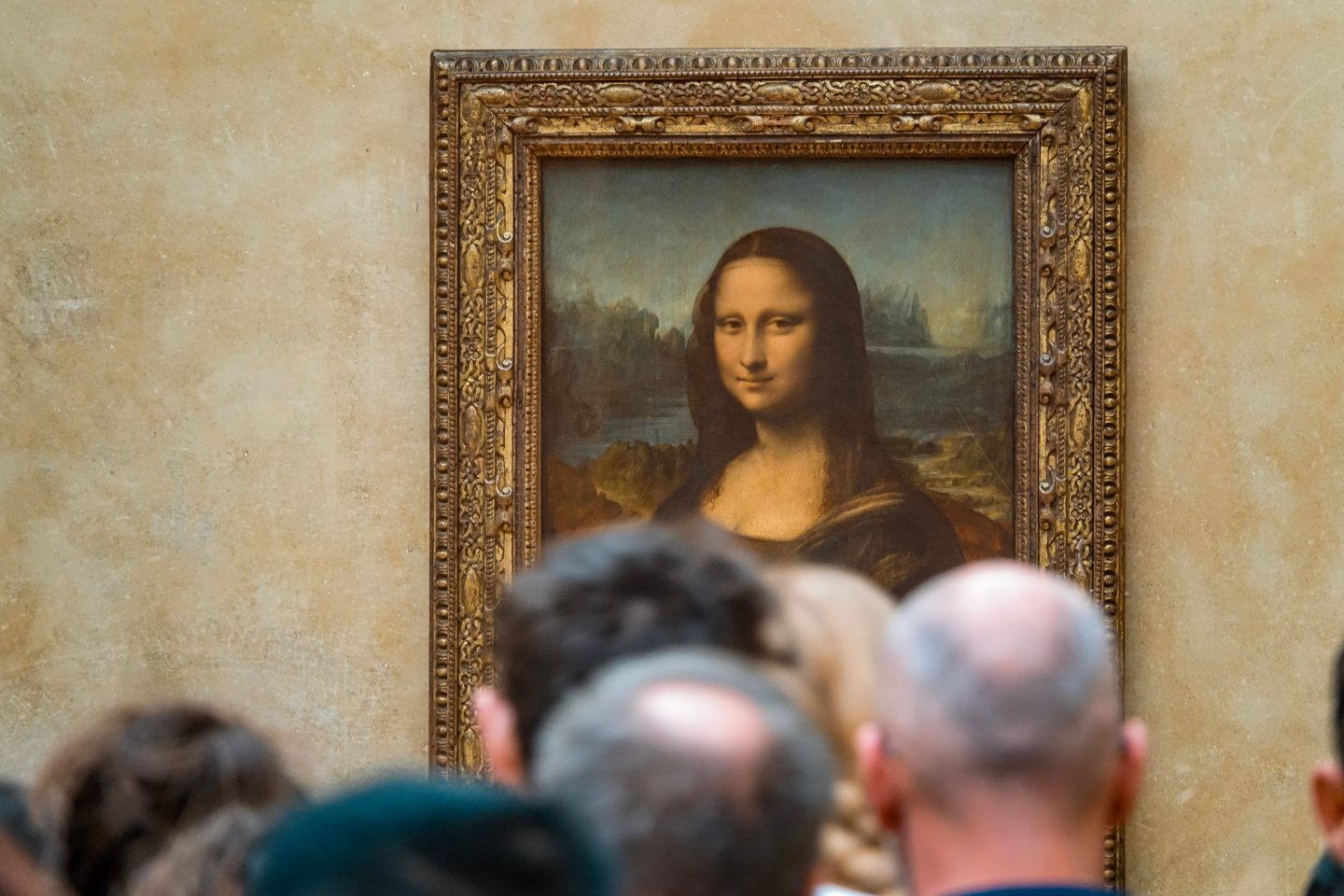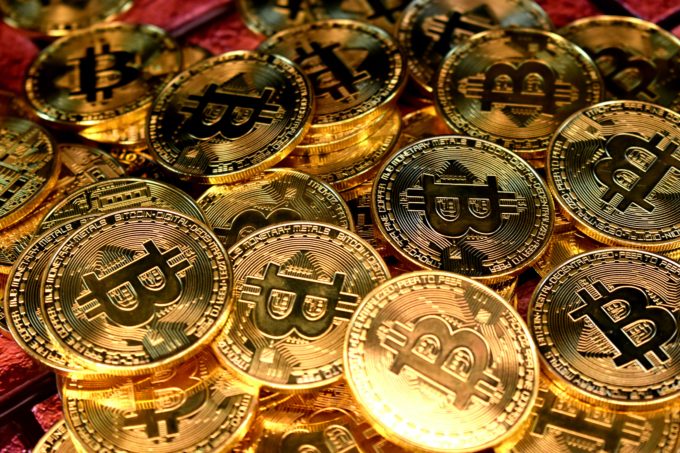
Busting the myths of M&A: 4 steps to success
Busting the myths of M&A: New research reveals why old merger strategies fail and how fresh thinking can lead to lasting value for both sides of the deal....

by Arturo Bris Published February 3, 2022 in Finance • 7 min read
One of the top news items in European football in 2021 was the signing of Lionel Messi — considered to be the best player in the world — with Paris Saint-Germain (PSG) after a successful career at FC Barcelona. From the financial side, an interesting aspect of the move was that Messi’s contract included a payment in “fan tokens”— for some, a form of cryptocurrency. With these tokens, the team’s fans can purchase apparel, get privileged access to tickets and events, and participate in decision-making in team matters.
The fact that the top player in PSG is paid partially in tokens, which at the same time are owned by fans, creates two very important effects. The first is that Messi is receiving performance-based compensation where his performance is determined by fans themselves; the value of Messi’s tokens will be higher the more uses they are granted, and this depends on how well the team performs, which at the end of the day depends enormously on Messi’s performance. At the same time, the tokens make PSG fans shareholders in the club, even though PSG is not publicly traded.
The better Messi and the team perform, the more valuable the tokens will be, so they can be considered shares in the team. Because the tokens give fans the ability to vote on some of the team’s decisions, this is the closest you can get to a traditional stock certificate — which carries both dividend and voting rights.
The token economy refers to a broader set of innovations made possible by blockchain technology. For the first time since the onset of the digital economy, tokens provide a credible and efficient way to transfer assets in the digital domain.
Imagine how we normally make a virtual payment. In the real world — in the physical realm, as we would also say — monetary payments are easy to implement: I give you $100, you get them, and the payment has been formalized and it is easy to verify.
Through the internet, payments have always needed an intermediary because I have no credible way to send you money digitally without you (or anybody else) being sure that my money hasn’t been sent twice to different people (the “double spending problem”).

“Suppose the museum were to create a digital print of the Mona Lisa ... such a print would be unique only in the sense that is created by the Louvre. But say the Louvre decides to sell an NFT on that digital print; it would be selling a certificate of uniqueness of it, not the print itself. Its value would come from whatever value the seller wants to assign to such a signature”
We have traditionally solved the problem by intermediating the transaction, without in fact transferring any asset. In turn, a bank will sit between you and I, confirming that my account balance is reduced while yours is increased by the same amount. Therefore, the double spending problem is resolved by avoiding sending “digital money”, and by having a trustworthy intermediary that implements and certifies the transaction.
Because blockchain changes how digital assets are transferred by eliminating the need for the intermediary, and by providing verification by all the members of the network, we are now in a position to convert any asset (whether tangible or intangible, fungible or non-fungible) into a digital correspondent — a “token”.
In the token economy, we generate business models based on the digital version of real-world assets. For example, Audius is a music-streaming platform that aims to disrupt Spotify and Apple Music. By tokenizing access to music, users can reward artists directly for their work with a token (“audius”), the value of which depends on how many artists and users have joined the platform. Artists determine their price, that is how many tokens are required to listen to their albums.
By eliminating the intermediary (and Spotify shareholders), both artists and users share the value of the service. Advertisers, in turn, need to provide Audius tokens to target users, tokens that they can only purchase either from artists and users, or from a token exchange. Shareholders are not needed any more, because in fact the platform is financed by users, and everybody (including vendors) benefits from increases in the value of the token.

The previous example — a “utility token” according to the Swiss definition — illustrates how many innovations of this type we will have in the coming years. In the same way that the internet industry moved from pure disintermediation (the original amazon.com model) to the platform business model, we are now moving into a new set of business models where the concepts of customer, shareholder, supplier and user are comingled and are subject to change.
Asset tokens (the virtual version of any asset), by contrast, represent a radical transformation of our financial system. Asset tokens represent “assets such as participations in real physical underlyings, companies or earnings streams, or an entitlement to dividends or interest payments.” In this context, traditional securities such as debt or equity become subcategories within a larger set of “digital securities”. Through tokenization, investors can buy digital gold, whiskey, or cows, to cite some examples. These are new financial instruments with a tangible underlying asset, thereby expanding our investment universe in endless ways.
Despite such amazing transformations having appeared in 2021 and set to gather momentum in 2022, the world remains transfixed by the anecdote. Much of the buzz regarding blockchain applications in the last few months comes from so-called non-fungible tokens (NFTs). NFTs are digital versions of non-fungible assets — assets that have a unique version in the real world, such as paintings, land or collectibles.
In recent months, investors have been pouring billions of dollars into the Bored Ape Yacht Club, a community where membership is represented by a digital print of a dull ape. Cryptopunks and Cryptokitties are similar instruments, where the willingness to pay is given by emotional value or from the uniqueness of the underlying assets.
Traditional players have also embraced the NFT fury, and this has created both interest and controversy. Last year, Sotheby’s auctioned several NFTs and netted $100 million in earnings on their sale. Andy Warhol’s Machine Made digital art collection NFT was sold in June 2021 for more than $3.3 million. It is not the artwork that was sold for that amount, but an NFT representing it.
This is, in my opinion, the biggest confusion today about NFTs: such tokens being created as mere digital statements of ownership of a digital asset (a digital piece of art for example). Their value does not come from the underlying asset itself, as may be misconstrued, but from the guarantee of uniqueness provided by its creator. Just think of the implications for future business models.
In March 2021 Jack Dorsey, the founder of Twitter, sold his first tweet ever as an NFT for over $2.9 million. If you think about it, selling a tweet is not possible. In fact, it is difficult to define the very nature of the asset put up for sale: is it the right to use the exact same sentence of the message, perhaps? Or is it a physical representation of the tweet, such as a printed copy in a special type of paper? What Dorsey sold was an entry in a blockchain that included the tweet itself (“just setting up my twttr”) plus his signature, kind of a digital autograph. By expecting that Dorsey will not do that again, the buyer (Sina Estavi, CEO of Bridge Oracle) guarantees the ownership of a digital statement signed by Jack Dorsey himself.
A good way to understand this is to think about the Mona Lisa, Leonardo’s masterwork displayed in the Louvre. Suppose the museum were to create a digital print of the physical painting. In fact, anybody could do so (on the average day, there are hundreds of visitors taking pictures of the painting). Such a print would be unique only in the sense that is created by the Louvre. But say the Louvre decides to sell an NFT on that digital print; it would be selling a certificate of uniqueness of it, not the print itself. Its value would come from whatever value the seller wants to assign to such a signature. If I were to issue the same NFT, nobody would be willing to pay a cent.
Is the NFT frenzy irrational? I don’t think so. In the same way that people pay large amounts of money for gold or Picassos, NFT investors buy uniqueness and sentimental value. What is key in this revolution is that today we are able to tokenize (and hence monetize) everything. And this is where the big revolution lies.
Tokenization will empower individuals and make them wealthier, especially in those economies in which natural resources or physical wealth – say factories – are less available. We are witnessing one of the most profound transformations of our economic system in decades.

Professor of Finance at IMD
Arturo Bris is Douglas Geertz IMEDE 1988 Professor in Geopolitics and Business and Professor of Finance at IMD. Since January 2014, he has led the world-renowned IMD World Competitiveness Center. At IMD, Bris directs the Boards and Risks program and Blockchain and the Future of Finance program. He also previously directed the flagship Advanced Strategic Management program between 2009 and 2013.

July 7, 2025 • by Patrick Reinmoeller, Markus Nicolaus in Finance
Busting the myths of M&A: New research reveals why old merger strategies fail and how fresh thinking can lead to lasting value for both sides of the deal....

April 24, 2025 • by Jerry Davis in Finance
Many regional developers have tried and failed to emulate Silicon Valley’s VC-driven model for innovation. Detroit, the birthplace of Ford, is following an alternative route – with promising results....
 Audio available
Audio available
April 23, 2025 • by Karl Schmedders in Finance
CFOs must drive a financially disciplined way to manage environmental risks amid growing pushback against environmental sustainability efforts, explains IMD’s Karl Schmedders....

April 11, 2025 • by Jim Pulcrano in Finance
IMD's Jim Pulcrano interviews Ruchita Sinha, General Partner of venture capital firm AV8 Ventures, and explores her approach to early-stage investing....
Explore first person business intelligence from top minds curated for a global executive audience